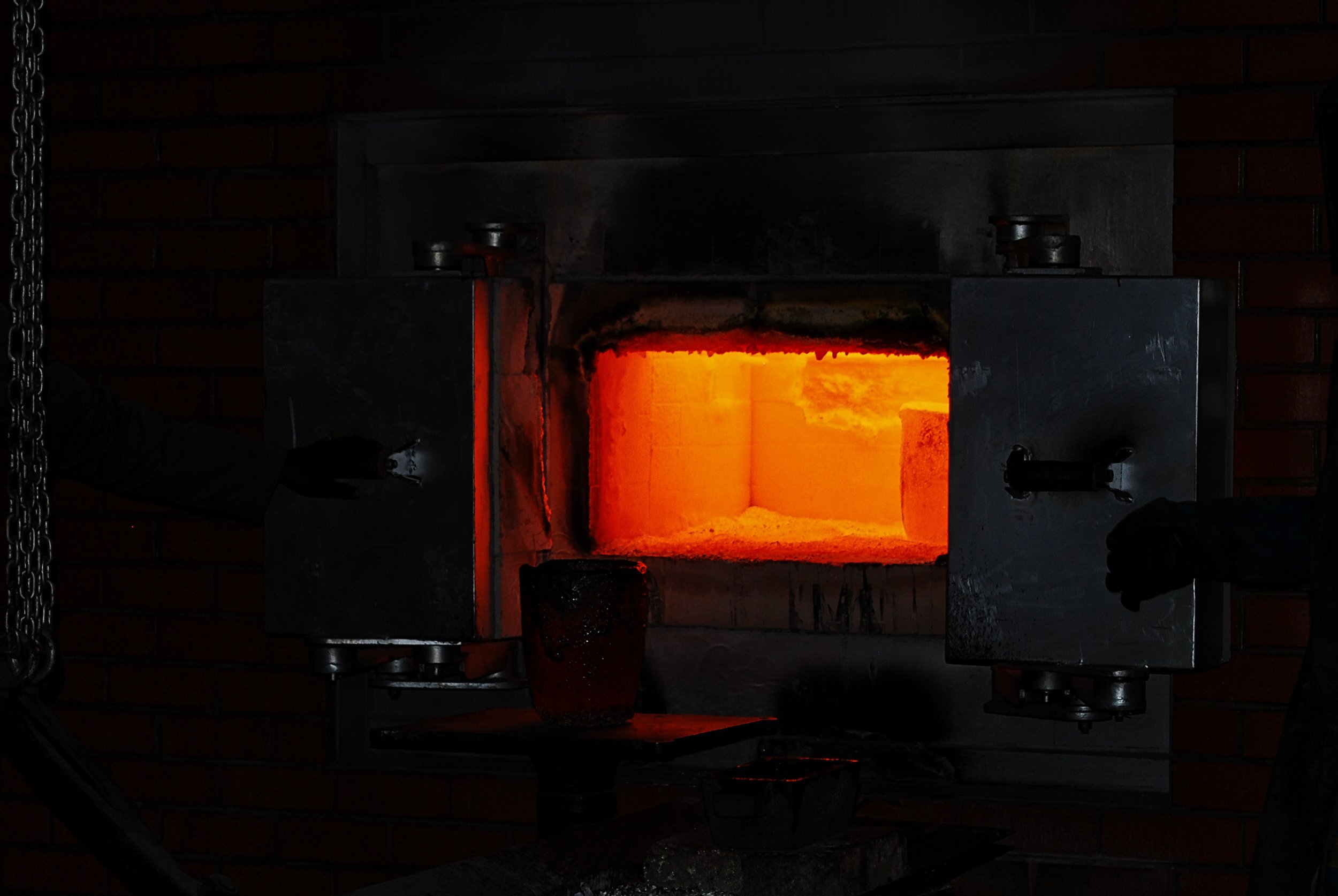What is Decarburization (Decarb) in Knifemaking and What You Need to Know
Welcome to Flames and Blades: A Blog for Blacksmith and Bladesmith Enthusiasts. Each week, sixth generation blacksmith Jacob Phillips shares a little bit of knowledge and history. New articles arrive on Tuesdays and can be found at Jacob’s website or here on BDF. Check back each week for Jacob’s latest article!
Decarb is a term that is often used in the world of knifemaking. It refers to the process of leeching (removing) carbon from the surface of the steel during the heat-treating process. Decarb can have a significant impact on the quality of the final product, so it's important to understand what it is and how to avoid it.
What is Decarb?
Decarb is short for 'decarburization,' which is the process of leeching (removing) carbon from the surface of steel. This process occurs when steel is heated to a high temperature and exposed to oxygen. The oxygen reacts with the carbon in the steel, forming carbon dioxide gas and leaving behind a layer of iron that has less carbon than the original steel.
In knifemaking, decarb is a concern because it can weaken the blade and make it less durable. A blade that has undergone excessive decarb may also have a duller edge and be more difficult to sharpen.
How to Avoid Decarb
The best way to avoid decarb in knifemaking is to control the heat-treating process carefully. This means heating the blade to the appropriate temperature in a controlled environment that is free of oxygen. This can be accomplished in a variety of ways, depending on the materials and equipment available.
One common method is to use a high-temperature oven that is filled with an inert gas, such as nitrogen or argon. This gas displaces the oxygen in the environment, preventing it from reacting with the steel and causing decarb.
Another method is to use a heat-treating foil. This is a thin layer of material that is wrapped around the blade before it is heated. The foil acts as a barrier, preventing oxygen from reaching the steel and causing decarb.
There are also different products on the market like NuClayer Systems that are sold by Knife Supply Companies like Pops Knife Supply.
Conclusion
Decarb is an important consideration in the world of knifemaking. Understanding what it is and how to avoid it can help you create a high-quality blade that is durable, sharp, and reliable. By controlling the heat-treating process carefully, you can minimize the risk of decarb and create a blade that will serve you well for years to come.
This article is posted in partnership with Six-Gen Forge. Interested in reading more articles from Flames and Blades? Check out more blog posts here! New posts come out every Tuesday!
About The Author
More Flames and Blades











